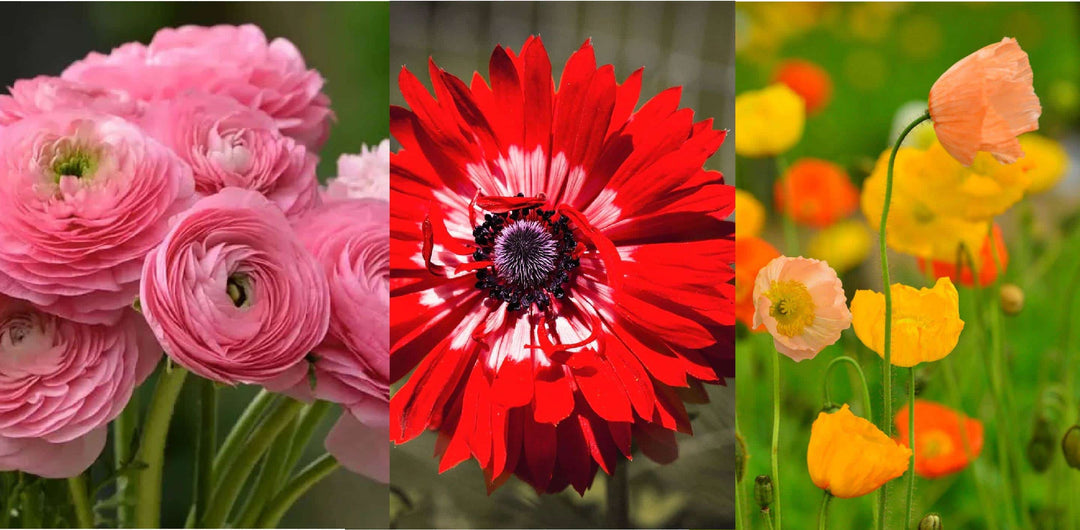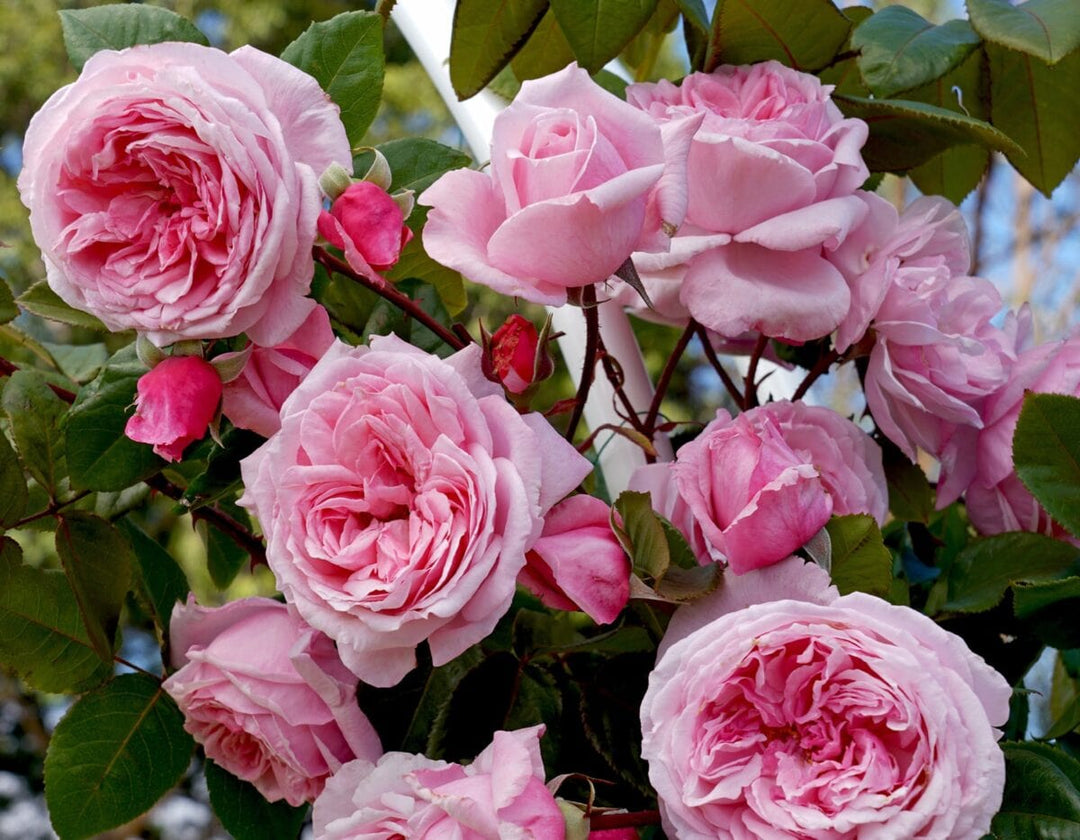Fire Resistant Gardening
With the increasing spread of wildfires, our President Gord Nickel wanted to share everything he knows about ‘Fire Resistant Gardening’ to help you do your best at home. Tune into the latest episode of Get Up and Grow, to learn a few key practices that can help protect your garden and surrounding areas or read along in this weeks blog Fire Resistant Gardening.
Pruning
By regularly pruning your garden, you can significantly reduce the amount of fuel available for fires to spread. Dead branches tend to be drier and more flammable, making them particularly susceptible to catching fire. Removing these branches not only eliminates potential fire hazards but also improves the overall health and appearance of your plants.
TIP: Overgrown branches, especially those that are close to structures or power lines, can increase the risk of fires spreading rapidly. By trimming back these branches, you create a buffer zone that helps prevent flames from reaching nearby buildings or infrastructure.
Mulching
Another technique to consider is rock mulching. Using rocks as a ground cover can help create a fire break and prevent flames from reaching your plants or home.
Rock mulching into your landscaping design can serve as an effective technique for creating a fire break and safeguarding your plants and home from wildfire risks. Its ability to reduce fuel for fires, conserve soil moisture, require minimal maintenance efforts, and enhance the visual appeal make it an attractive option for homeowners seeking both practicality and aesthetics in their outdoor spaces.
Low Mow
Regularly mowing your lawn can play a crucial role in mitigating the spread of fires. By keeping the grass short, you reduce the chances of it catching fire. Additionally, shorter grass acts as a natural protective barrier, creating a buffer zone between your garden and potential flames. This simple maintenance task can contribute to ensuring the safety of your property during fire emergencies.
Fire Resistant Plants
When it comes to creating a fire-resistant landscape, choosing the right plants is crucial. Opting for plants with high moisture content and low resin or oil content can significantly reduce the risk of ignition during a fire. These types of plants are less likely to ignite quickly, allowing valuable time for firefighting efforts and minimizing the spread of flames.
Get Up and Grow: Fire Resistant Gardening
Thanks to our caring staff at Wildwood, we now have a huge list of Fire Resistant plants for you to choose from here.
By integrating these practices into your gardening routine, you can establish a fire-resistant environment that plays a crucial role in safeguarding your property against potential wildfires. For more information and help, check out the latest episode of Get Up and Grow below.









